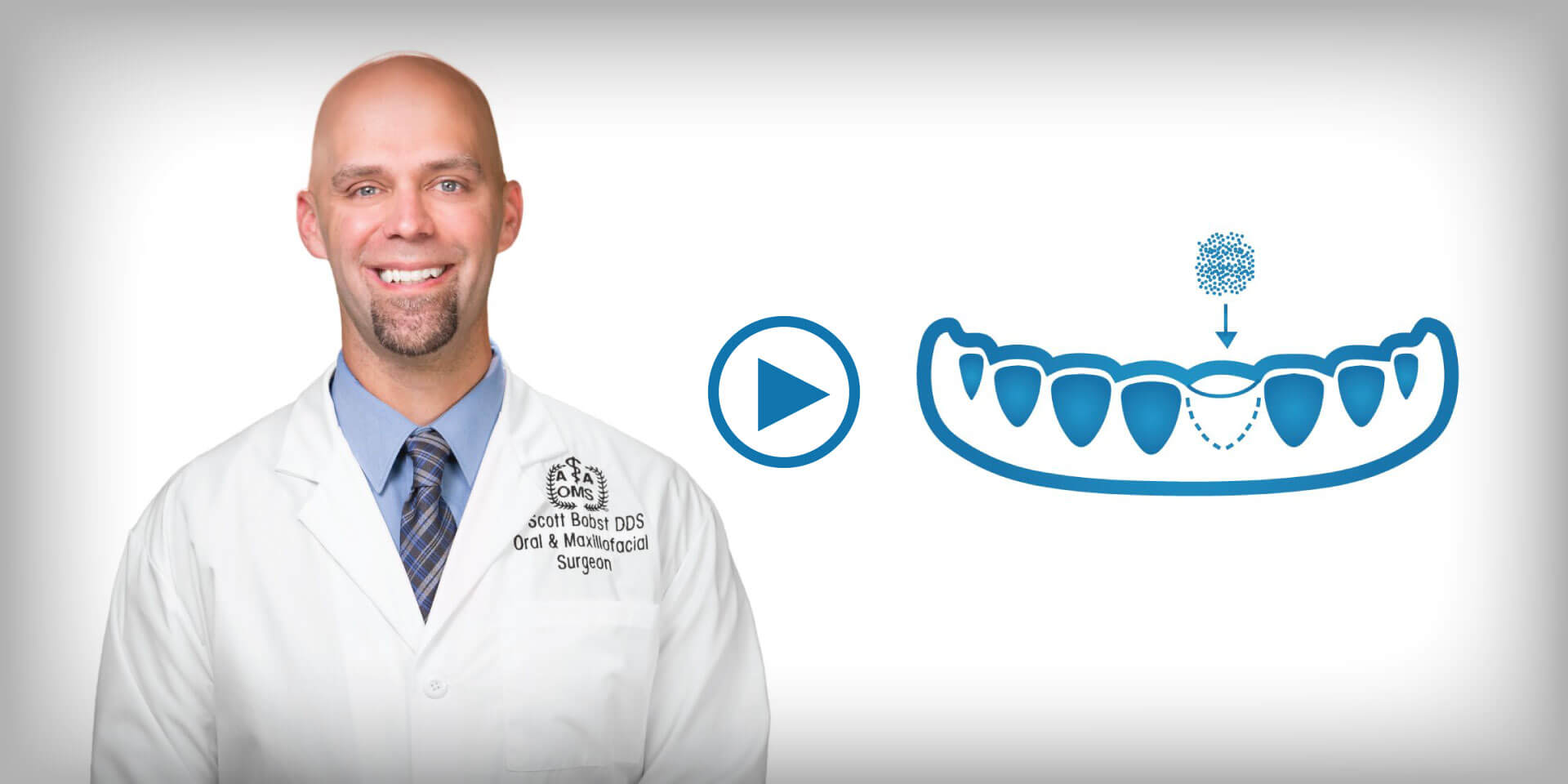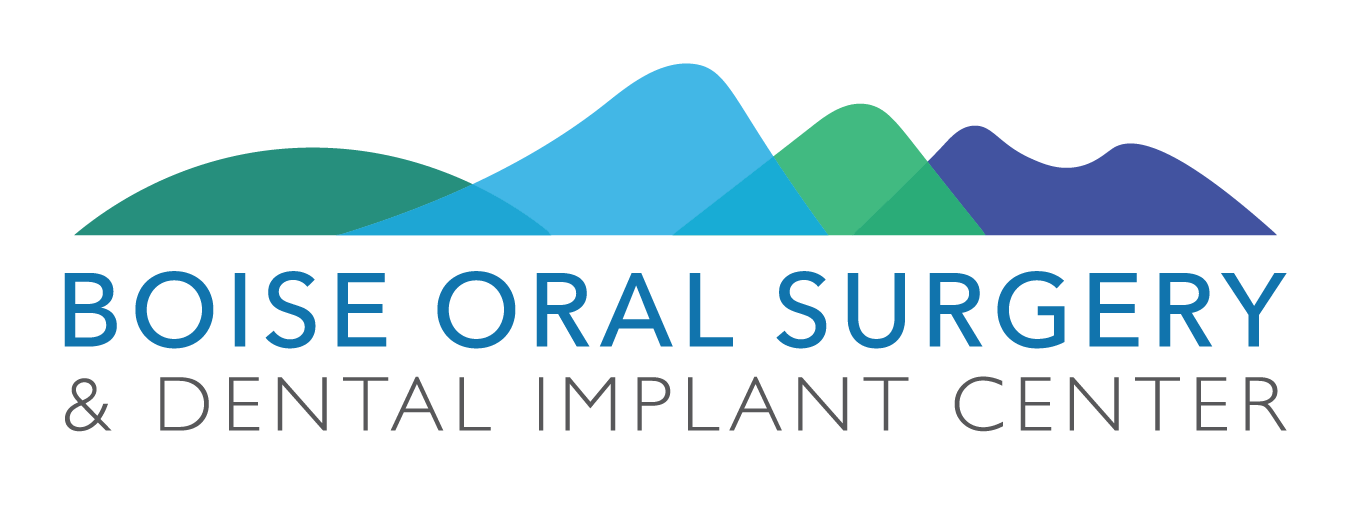
When a tooth is lost and not replaced, the jaw bone begins to deteriorate. This natural deterioration makes it very difficult to perform some dental restorations and tooth replacement procedures, like the placement of dental implants. Without enough bone present for dental implants to integrate with the jaw, dental implants are often not stable enough to support the tooth crown and future complications could arise. It is common for patients who have been missing a tooth or several teeth for an extended period of time to need a bone grafting procedure to restore the jaw bone to its original height and width prior to the placement of dental implants.
Bone graft material can be acquired from a variety of sources. If it’s possible to use your own bone, it will likely be taken from another area inside the mouth around the third molar in the upper or lower jaw. In some cases, it may be necessary to take bone from the chin, hip or tibia. If you are not a candidate to use your own bone for a bone graft, the material can be obtained from a tissue bank, or a mineral bone substitute can be used.
There are many different bone grafting procedures that can be performed and the treatment that you receive will depend on your individual case and oral needs. Socket grafting is a common bone grafting procedure used to aid bone regeneration when a tooth is lost or extracted. During this procedure, the empty socket is filled with the bone grafting material immediately following tooth removal or loss and allowed to heal over a short period of time. This provides Dr. Bobst with a solid foundation for the future placement of dental implants.
When a larger area of bone is affected, an onlay or block graft can be used to restore the jaw. This is commonly used when patients are involved in accidents or trauma situations and multiple teeth are lost or when patients have used a removable denture for an extended period. Onlay grafts ensure that jaw bone deterioration does not change the appearance of the facial structure and prepare the mouth for the placement of a secure prosthetic tooth replacement.
A Bone Graft After an Extraction
If a tooth is removed and not replaced, there is more risk of bone deficiency in that area. This can cause problems for future dental implants, because they require stable, sturdy bone to support the implant. A bone graft can be performed after an extraction to ensure there is enough adequate bone in the jaw to support a future dental implant. If you’re undergoing an extraction and considering an implant to replace the missing tooth, bone grafting may be ideal after the tooth is removed.
A sinus lift is a bone grafting surgery that is sometimes required when the bone found in a patient’s upper jaw (maxilla) is too thin for the placement of dental implants. The sinuses are located above your top molars and at time encompass the roots of your upper teeth. Dr. Bobst can determine if sufficient bone is present in that area for secure dental implant placement by performing an oral examination and 3D scan of your jaws and face. If the bone is too thin, the surgical team at Boise Oral Surgery & Dental Implant Center can perform a sinus lift procedure in which Dr. Bobst will enter into the sinus cavity and elevate the sinus membrane. After appropriate healing of the graft, dental implants can then be placed with significantly increased success rates.
To discover if you are a candidate for a sinus augmentation procedure or a bone graft, Dr. Bobst is happy to schedule a consultation appointment with you. We are happy to work with you to develop a treatment plan which restores your jaw bone health and smile.
To request a consultation and learn more about our services, please request an appointment now. We look forward to helping you improve your oral health and smile!
Patient Information
About Us
Our Boise Location
Boise Oral Surgery & Dental Implant Center
7910 W Ustick Rd Boise, ID 83704
Main: (208) 322-5522
Hours: Mon–Thu: 7:30 AM–4:30 PM
Fri: 7:30 AM–12:00 PM
© 2025 . All rights reserved. | Boise Oral Surgery • ID Specialty Dental Services, PLLC - Kevin Chad Lambourne, DDS.









